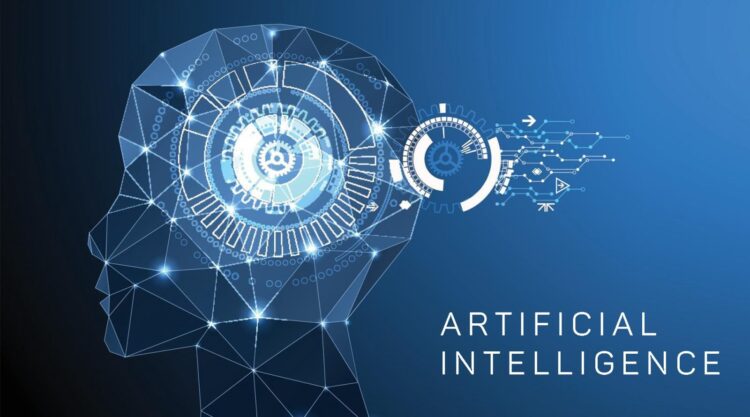After all, what is Artificial Intelligence? Originally, AI was a discipline of computer engineering. Currently, we can say that it is a technology that seeks to simulate the human learning and decision-making process. AI can make predictions based on data through machine learning, neural networks, and other related techniques.
From time to time, a series of studies have been developed to present a detailed and realistic picture of the applications of artificial intelligence and the directions the technology is taking. Here, we'll talk about some of that research that addresses both the current moment and the trends in how AI should impact the future of work. Take a look at what you'll find:
What is artificial intelligence?
To understand artificial intelligence in depth, we rescued what professor and researcher Renato de Brito Sanchez told us in this article. Entrepreneur and owner of two companies (one of which is technology in automation, robotics, and artificial intelligence), Sanchez says that artificial intelligence "is a concept that refers to the realization of humanity's dream of a distant future, in which machines and robots interact with humans and animals."
For the distant future has arrived. Artificial intelligence has become the newest stage in technological evolution, succeeding processors capable of performing calculations and that later evolved to use programmable systems (as we know it today). In the AI model, information processing takes place based on learning from previous experiences. Functioning is similar to that of our brain since we receive information and process it to acquire learning.
Current applications of artificial intelligence
How much of all this is already reality? The North American consultancy Gartner brings some essential data that help us to have a vision of the fundamental importance of AI for the business. According to a survey, the number of companies implementing AI in their processes has grown by 270% in the last four years. "Four years ago, AI implementation was rare, only 10% of participants."
A McKinsey study also presents a detailed picture. The research was carried out from the use, by more than 400 companies, of two types of analysis:
1. Traditional data analysis – the Business Intelligence (BI) techniques that monitor, gather and organize data. Analyze past actions, identify new opportunities, and implement data-driven strategies;
2. Deep learning – these are called neural networks, that is, systems that require thousands and thousands of data for models to perform their complex registration tasks satisfactorily. And in some cases, it takes millions of that data to perform at the same level as a human being.
With this, the McKinsey study shows how different segments of the economy understood what artificial intelligence is and, thus, were able to use it for various applications.
Use of artificial intelligence in predictive maintenance
The McKinsey study presents some good practices in using artificial intelligence. One is "Predictive Maintenance," "which represents the power of cognitive computing to detect anomalies. Analyzing massive amounts of data makes it possible to take preventive maintenance practices to new levels.
For example, AI can extend the life of a cargo plane beyond the anticipated. It is possible to combine traditional analysis techniques with airplane model data, maintenance history, and IoT (Internet of Things) sensors to detect anomalies. In addition, images and videos of the aircraft's engine condition can be added to this assessment.
